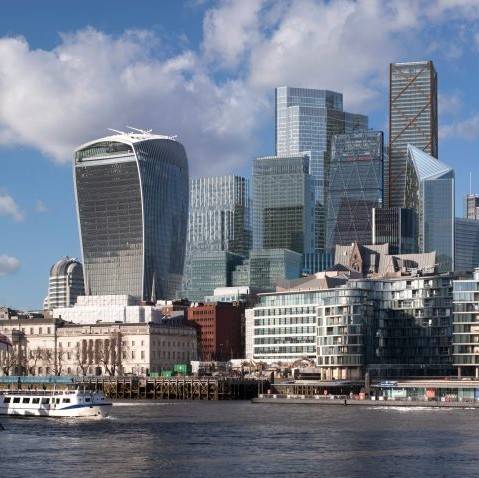November 26, 2018
The meaning of life, the Black Mirror of Beijing, standing desks not a silver bullet and some other stuff
 So, what is the meaning of life? According to a study by Pew, the gold standard US based researchers, it’s spending time with family and friends, reading, listening to music and going for a walk in the open air. Work comes somewhere down the list. Just one-third of the survey’s respondents mentioned their career or job as a source of meaning, and only a quarter cite finances or money. This, it turns out, is not too far off Monty Python’s conclusion in their eponymous film: Try and be nice to people, avoid eating fat, read a good book every now and then, get some walking in, and try and live together in peace and harmony with people of all creeds and nations. That’s that sorted then.
So, what is the meaning of life? According to a study by Pew, the gold standard US based researchers, it’s spending time with family and friends, reading, listening to music and going for a walk in the open air. Work comes somewhere down the list. Just one-third of the survey’s respondents mentioned their career or job as a source of meaning, and only a quarter cite finances or money. This, it turns out, is not too far off Monty Python’s conclusion in their eponymous film: Try and be nice to people, avoid eating fat, read a good book every now and then, get some walking in, and try and live together in peace and harmony with people of all creeds and nations. That’s that sorted then.









 Over a quarter of businesses plan to hire temporary or contract staff in the next 12 months to help plug skills shortages created by digitalisation as more than half of CEOs are concerned about a lack of digital skills within their organisation. This is according to the Robert Half 2019 Salary Guide which argues that technology is reshaping businesses; with two in five UK organisations (38 percent) considering digitalisation as the main evolving force in the workplace today. This shift has created demand for a new set of skills, such as DevOps, data visualisation, data management and analytics. While softer skills such as resilience, adaptability and critical thinking remain key characteristics in potential employees, a third (31 percent) of employers state that a candidate’s technical skillset is their most important consideration when making a new hire. Around 1.6 million1 (28 percent) UK businesses plan to hire temporary or contract staff in the next twelve months, to combat the lack available talent required, which is creating a critical skills gaps in the workplace.
Over a quarter of businesses plan to hire temporary or contract staff in the next 12 months to help plug skills shortages created by digitalisation as more than half of CEOs are concerned about a lack of digital skills within their organisation. This is according to the Robert Half 2019 Salary Guide which argues that technology is reshaping businesses; with two in five UK organisations (38 percent) considering digitalisation as the main evolving force in the workplace today. This shift has created demand for a new set of skills, such as DevOps, data visualisation, data management and analytics. While softer skills such as resilience, adaptability and critical thinking remain key characteristics in potential employees, a third (31 percent) of employers state that a candidate’s technical skillset is their most important consideration when making a new hire. Around 1.6 million1 (28 percent) UK businesses plan to hire temporary or contract staff in the next twelve months, to combat the lack available talent required, which is creating a critical skills gaps in the workplace.
























November 13, 2018
Fostering creativity within organisations through space and culture
by Serena Borghero • Comment, Workplace design
(more…)